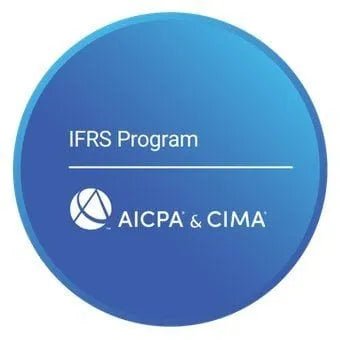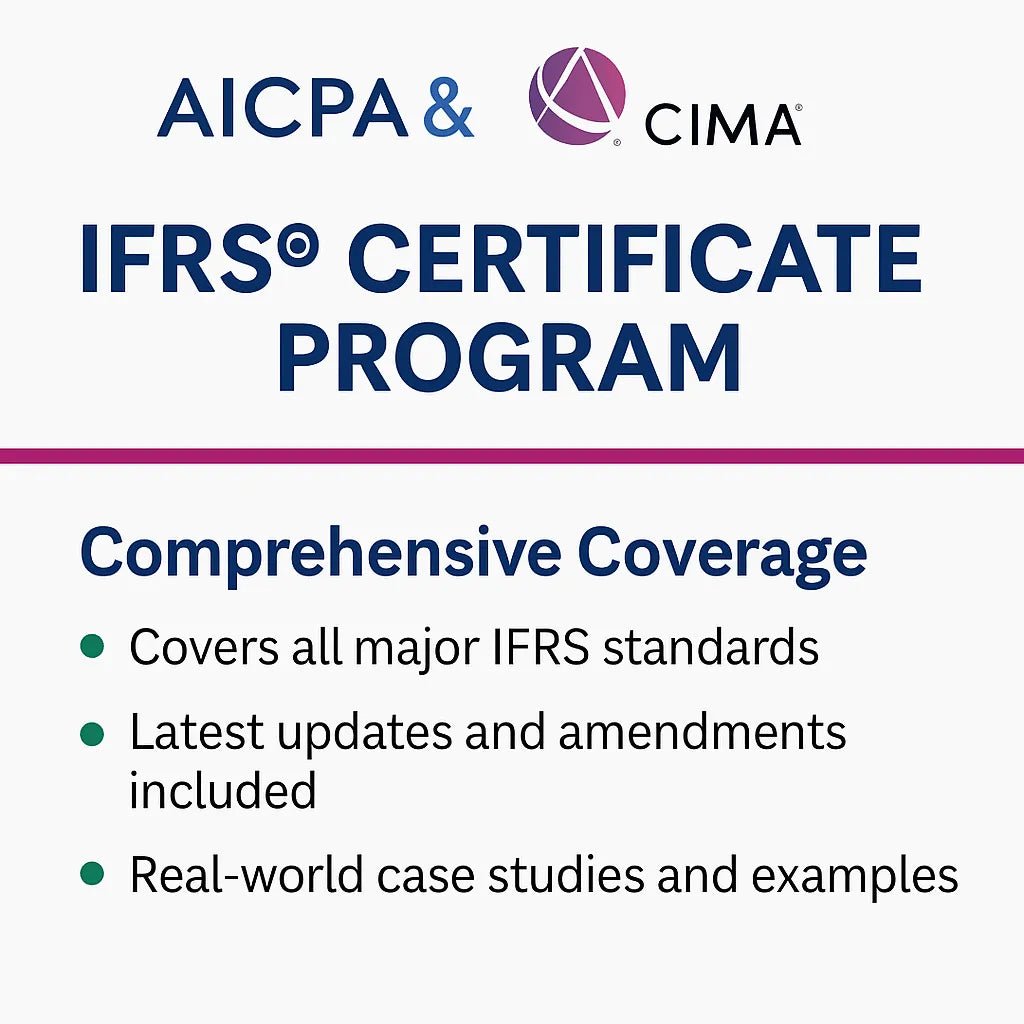Types of Certificate of Insurance: Choosing the Right One
Types of Certificate of Insurance: Choosing the Right One
Selecting the proper Certificate of Insurance (COI) is critical to protect your business, comply with contracts, and minimize liability risks. Understanding the purpose and use of each type, along with the applicable ACORD forms, ensures you’re not left vulnerable. This guide will outline the most common COIs, their uses, and the required ACORD forms.
Types of Certificate of Insurance
Not all COIs serve the same purpose. Each covers different risks, and using the correct type safeguards your operations from potential claims or legal issues. Clients or partners often specify the required COI, so it’s crucial to be familiar with them.
General Liability Certificate of Insurance
- Purpose: Protects your business from claims of bodily injury, property damage, or personal injury during normal business operations.
- Example: A construction contractor must provide a General Liability COI to a property owner before beginning work. This reassures the owner that any accidental damages or injuries on-site will be covered.
- When to Use: This is essential for businesses that interact directly with clients or the public, such as contractors, event organizers, and retail stores.
- ACORD Form: ACORD 25 – This is the standard Certificate of Liability Insurance form.
To learn more about avoiding liability risks, check out our Top 5 Mistakes in Certificate of Insurance Management article.
Professional Liability Certificate (Errors & Omissions)
- Purpose: Covers claims of negligence, mistakes, or failure to deliver services as promised, protecting service-based businesses from financial losses.
- Example: A financial advisor might present a Professional Liability COI to a client. If the client loses money due to advice given, the insurance covers legal fees and potential settlements.
- When to Use: This is vital for consultants, software developers, architects, healthcare providers, and other service-based professionals.
- ACORD Form: ACORD 28 or ACORD 25, depending on how coverage is issued and requested.
For a deeper dive into coverage types, please read our blog on How Certificates Differentiate Between Liability Policies.
Workers' Compensation Certificate of Insurance
- Purpose: Provides proof that your business carries coverage for employee injuries or illnesses incurred on the job, protecting employees and the employer.
- Example: A restaurant owner needs a Workers’ Compensation COI when hiring staff, ensuring coverage for incidents like a chef getting burned.
- When to Use: This is required for businesses with employees, particularly in high-risk fields such as construction, hospitality, and manufacturing.
- ACORD Form: ACORD 25 is used to detail workers' compensation coverage.
Explore workplace safety and coverage requirements in our post on Whether renters Insurance Covers Mold.
Commercial Auto Liability Certificate of Insurance
- Purpose: Confirms insurance coverage for vehicles used for business purposes, covering accidents and property damage caused by company vehicles.
- Example: A delivery service must provide clients with a Commercial Auto Liability COI to ensure coverage if an accident occurs while delivering goods.
- When to Use: This is essential for businesses with vehicle fleets or employees who drive as part of their work, like logistics companies and food delivery services.
- ACORD Form: ACORD 25 or ACORD 127 for specific auto liability details.
Check out the Top 6 Reasons to Request a Current Certificate to understand why staying up-to-date is crucial.
Product Liability Certificate of Insurance
- Purpose: This policy protects against claims related to injuries or property damage caused by defective products, which is crucial for companies involved in manufacturing or selling physical goods.
- Example: A toy manufacturer would need this COI to distribute products to a retailer, protecting both parties if a toy causes harm.
- When to Use: Crucial for manufacturers, distributors, and retailers.
- ACORD Form: ACORD 25, usually accompanied by product-specific endorsements.
For more on product liability, read Additional Insured Explained.
Choosing the Right Certificate of Insurance for Your Business
Assess Your Risks and Obligations
- Identify Your Risks: Analyze your industry’s inherent risks, including high-hazard activities or sensitive data management.
- Evaluate Operations: Determine if your business involves physical labor, client interaction, or digital infrastructure reliance.
- Meet Contractual Requirements: To identify precise insurance coverage and compliance needs, examine client agreements.
Example Scenario
A construction company might require multiple COIs to ensure comprehensive risk protection:
- General Liability: Covers damages from property accidents or third-party injuries caused on-site.
- Workers' Compensation: Ensures employee medical and wage benefits for work-related injuries.
- Auto Liability: Protects against liabilities from using company vehicles in business operations.
Related: Explore our CPA US Course for comprehensive coverage management and tailored advice.
Transitioning to Digital Certificates of Insurance
Digital COIs streamline the documentation process, offering advantages such as:
- Instant Access: Retrieve and share COIs with clients in seconds.
- Secure Storage: Protect documents with encrypted, cloud-based storage.
- Automated Reminders: Get notifications when a COI is about to expire.
Learn about digital efficiency in our CMA US Course guide.
How to Ensure Your COI is Accurate
Verify the Named Insured
Ensure the policyholder’s name exactly matches the business you’re contracting with.
Check Coverage Types and Limits
- Adequate Limits: Ensure policy limits align with your needs.
- Up-to-date Dates: Verify that the coverage is current for the duration of your project.
Watch for Common Mistakes
- Incorrect policy numbers
- Outdated expiration dates
- Missing endorsements or additional insureds
If errors are found, request corrections from your insurance provider immediately.
Related: Learn how to prevent COI mishaps in What To Include In A Certificate Of Insurance.
FAQs on Types of Certificates of Insurance
Can one ACORD form cover multiple types of insurance?
- Yes, ACORD 25 can list various coverages, such as General Liability and Workers' Compensation. However, some policies require specific forms, such as ACORD 127, for auto coverage.
How do I know which COI to request for my project?
- Check your contract’s insurance requirements and consult your insurance provider for guidance.
Are digital COIs as valid as paper ones?
- Yes, digital COIs are legally recognized and easier to manage.
Do I need to renew a COI annually?
- Most COIs need updating when policies renew or change. Set reminders to keep them current.
What if my client asks to be listed as an additional insured?
- Your insurer can add them to your policy; the COI will reflect this status.
Related Blogs for Further Reading
- Cyber Insurance coverage Silverfort: Protect your business from digital threats.
- Whether Homeowner Insurance Covers Mold: Understand the details of property coverage.
- Enrolled Agent Course: Advance your knowledge in tax law and insurance compliance.
Closing remarks on Types of Certificate of Insurance
Choosing the proper Certificate of Insurance is crucial for protecting your business and fulfilling contractual obligations. Understanding each type and the appropriate ACORD forms can safeguard your operations and ensure peace of mind.
FAQs
ACCA blogs
Follow these links to help you prepare for the ACCA exams
IFRS blogs
Follow these blogs to stay updated on IFRS
Formats
Use these formats for day to day operations
- Account closure format
- Insurance claim letter format
- Transfer certification application format
- Resignation acceptance letter format
- School leaving certificate format
- Letter of experience insurance
- Insurance cancellation letter format
- format for Thank you email after an interview
- application for teaching job
- ACCA PER examples
- Leave application for office
- Marketing manager cover letter
- Nursing job cover letter
- Leave letter to class teacher
- leave letter in hindi for fever
- Leave letter for stomach pain
- Leave application in hindi
- Relieving letter format
Interview questions
Link for blogs for various interview questions with answers
- Strategic interview questions
- Accounts payable interview questions
- IFRS interview questions
- CA Articleship interview questions
- AML and KYC interview questions
- Accounts receivable interview questions
- GST interview questions
- ESG Interview questions
- IFRS 17 interview questions
- Concentric Advisors interview questions
- Questions to ask at the end of an interview
- Business Analyst interview questions
- Interview outfits for women
- Why should we hire you question
leave application format
- Leave application for office
- Leave application for school
- Leave application for sick leave
- Leave application for marriage
- leave application for personal reasons
- Maternity leave application
- Leave application for sister marriage
- Casual leave application
- Leave application for 2 days
- Leave application for urgent work
- Application for sick leave to school
- One day leave application
- Half day leave application
- Leave application for fever
- Privilege leave
- Leave letter to school due to stomach pain
- How to write leave letter
Insurance blogs
- Sample letter of appeal for reconsideration of insurance claims
- How to increase insurance agent productivity
- UAE unemployment insurance
- Insurance cancellation letter
- Insurance claim letter format
- Insured closing letter formats
- ACORD cancellation form
- Provision for insurance claim
- Cricket insurance claim
- Insurance to protect lawsuits for business owners
- Certificate holder insurance
- does homeowners insurance cover mold
- sample letter asking for homeowner right to repair for insurance
- Does homeowners insurance cover roof leaks












Leave a comment